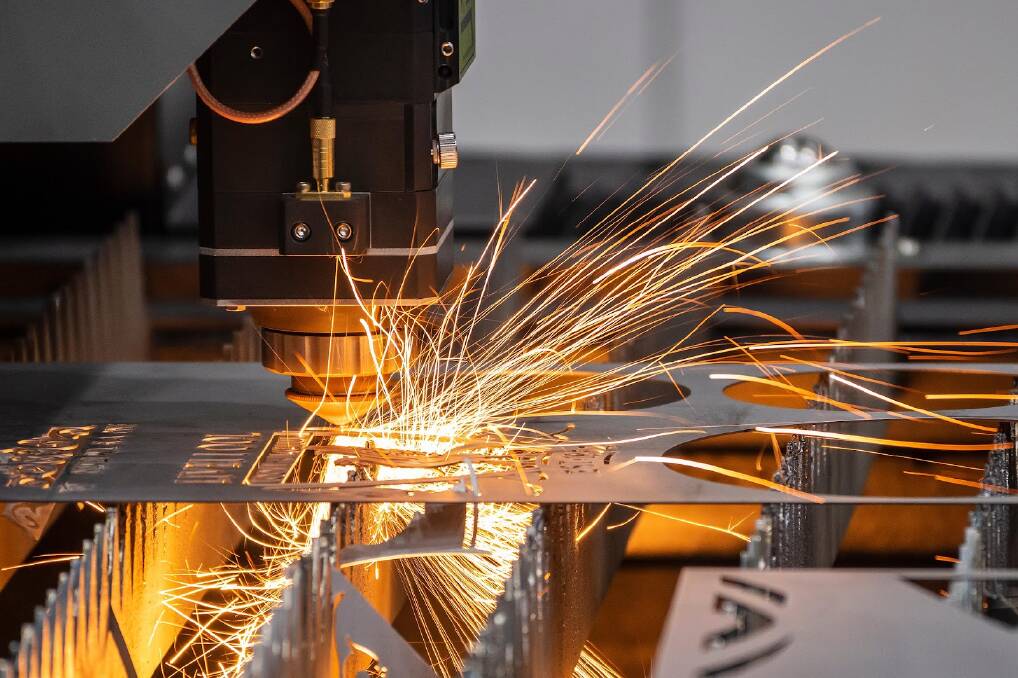The latest trends in metal fabrication

This is branded content.
Metal fabrication has a solid reputation as one of the most secure sectors of the global manufacturing sector.
Moreover, it doesn't look like it's going to change anytime soon. Due to its rapid rise in the worldwide market, experts have found out in recent research that the industry revenue for the metal fabrication industry is expected to reach up to USD$69 billion by 2024.
Since the advent of the Industrial Revolution, the metal fabrication sector has continuously adopted cutting-edge technologies and production methods to meet its clientele's evolving demands.
As the world's markets evolve in the years ahead, the metal fabrication industry will gain immensely as long as it keeps innovating.
Here is a list of recent trends in the industry that keep the sector alive and relevant.
The recent trends in the metal fabrication industry
Looking at the industry's current and anticipated trends will help you prepare for the future needs of metal fabricators and their clients.
This being the case, you and your team should educate yourselves with them for future reference and potential integration. A great example would be KNS Metals & Fabrication, with their reliable service and capability of offering a wide range of metal fabrication services.
1. Integrating automation for metal fabrication
Although automation is hardly new, the shortage of experienced workers hastened its adoption in many metal manufacturing businesses. Metal fabrication is seeing an unprecedented influx of skilled labour due to the introduction of cutting-edge technology such as robotics, additive manufacturing, and automation.
Computer numerical control (CNC) devices are widely used for automation in the manufacturing sector. Considering the prevalence of repetitive stress injuries in the workforce, it is clear that CNC machines can play a significant role in alleviating this problem.
Moreover, automation technologies can improve productivity, efficiency, and high-quality, diverse outputs with practically infinite opportunities for personalisation. CNS machines may be just the beginning of the automation technology breakthroughs that will permeate the metal production industry.
2. Emphasising the need for cybersecurity
The need for manufacturers to invest in cybersecurity has never been higher as more and more automation and digitalisation are introduced into production facilities. Financial data, productivity measurements, and trade secrets are just some information that an Enterprise Resource Planning (ERP) hack could compromise.
Additionally, manufacturers may bolster their and their industry's cybersecurity efforts by following universal best practices. Raising awareness among staff about popular hacking methods like phishing is a good starting step.
Companies can also avoid being held hostage by ransomware if they take the time to determine where their most valuable and sensitive data resides and then take the necessary steps to safeguard it.
Similar to retailers, manufacturers can benefit from disaster planning or developing and implementing a disaster protocol for cybersecurity. In the event of a cyberattack, your data will be safe.
3. Reshoring jobs
Metal fabrication 'reshoring' describes the return of previously outsourced jobs and sectors to their original locations. The metal fabrication industry in the United States has been on the upswing of the reshoring movement in recent years, in contrast to many other American industries, which have seen more success abroad.
Some factories have found that outsourcing their work to nations like China and India is no longer cost-effective because of the rising costs of global freight transit and rising labour prices in those countries. As a response to these problems, reshoring has become popular.
Companies that reshore their operations often find that they have greater control over their processes and more room for improvisation and innovation. New technologies like robotics, additive manufacturing, and automation are attracting many skilled individuals and artisans to the metal fabrication business.
The workplace is more secure now than in the past, and employees have more options for furthering their careers in this field. Thus, labour demand is a motivating factor in bringing metal fabrication back to their home countries.
4. Addition of 3D printing or additive manufacturing
Although this production method is less widespread than it once was, many companies eventually plan to include it in their standard product line-up. Even though the initial investment and ongoing upkeep of additive fabrication equipment might be excessive, the technology is becoming increasingly attractive as a valuable addition to many skills.
It is especially true for businesses that focus on high-mix, low-volume production, where individualisation and customisation are of the utmost importance yet must be matched with productivity and minimal waste.
5. Taking advantage of co-bots
Co-bots, or collaborative robots, are utilised when a single person would be overworked, bored, or put in harm's way if they attempted the activity themselves. They are common in warehouses where tasks like packaging, packing, and palletising are performed often.
While 'co-bots' are not yet present in most metal production settings, the global labour crisis encourages more fabricators to explore investing in them for better overall efficiency.
Hopefully, you've learned something new from these five emerging trends in the industry. Before investing in any one of them, take your time to research more about them and see if it helps with your team's overall numbers.
Takeaway
Some companies in the metal fabrication sector have seen extraordinary growth in recent years. Essentially, there are still several fantastic opportunities for advancement; the key is to have the flexibility to respond quickly to changes in what the market demands.


